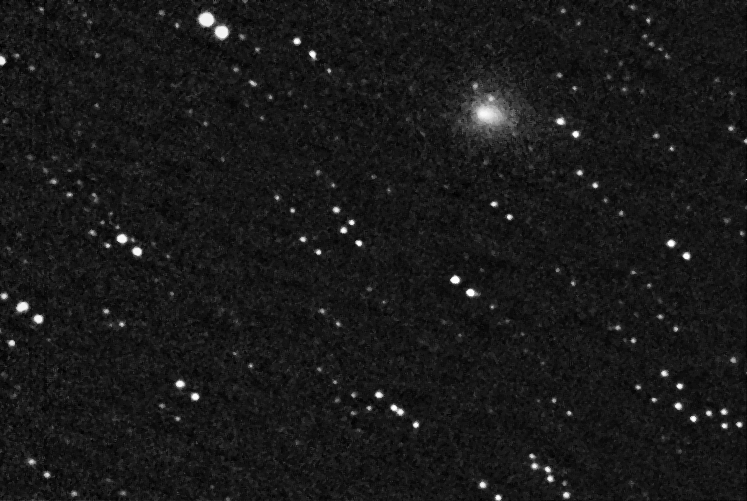
Comet 2002 O6 Swan, August 11, 2002.
Combination of 2, 1 minute images, SBIG ST-8E CCD.
8" f/6.3 schmidt-cassegrain at prime focus.
The next comet discovered was 2002 O6 Swan, discovered on July 25. Interestly, this was another comet that faded dramatically as it neared perihelion, with only a handful of observations being made post perihelion. The comet was around magnitude 9 when discovered and it brightened rapidly, reaching a peak of around magnitude 6 during mid-August. At this time the comet showed a moderately condensed coma some 6' across and around 30' of tail was visible in a 10" telescope. By the end of August, the comet was becoming low in the pre-dawn skies and difficult to observe. However despite this it was clear that the comet was fading. By early September the comet had faded to magnitude 8, nearly 2 magnitudes below predictions. This rapid fading continued with the comet falling below 12th magnitude by mid-September.

Comet 2002 O6 Swan, August 11, 2002.
Combination of 2, 1 minute images, SBIG ST-8E CCD.
8" f/6.3 schmidt-cassegrain at prime focus.
On this night the comet was around magnitude 7.5, with a bright central condensation and a faint outer coma around 4' across. A faint tail about 10' long, was visible in a 10" telescope.
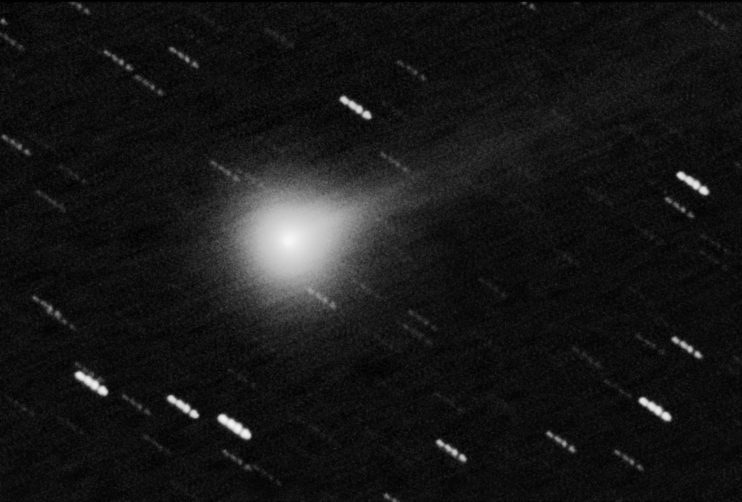
This night was the best view of the comet I had. The comet brightened to around magnitude 5,8, and the coma was now around 7' across, still with a bright central condensation. A faint gas tail some 0.5 degrees long was visible in a 10" telescope, despite the low altitude of the comet.
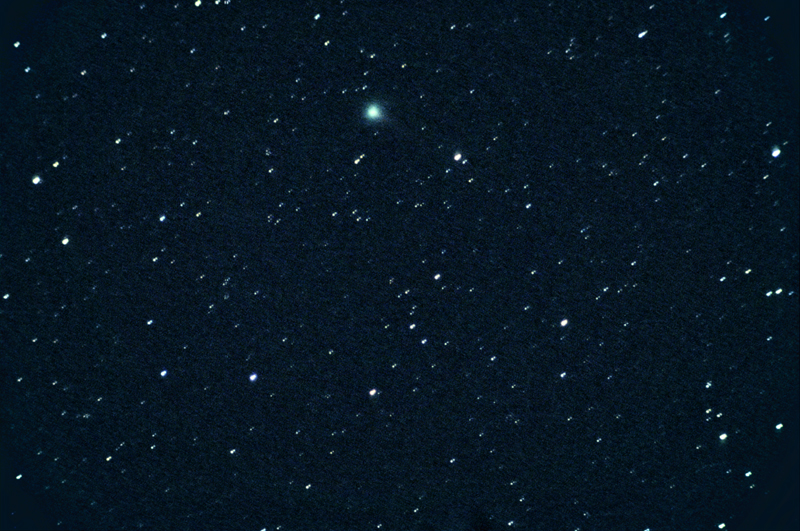
The individual photographs were combined in Photoshop. The individual photographs were limited to 5 minutes exposure due to the dawn twilight.
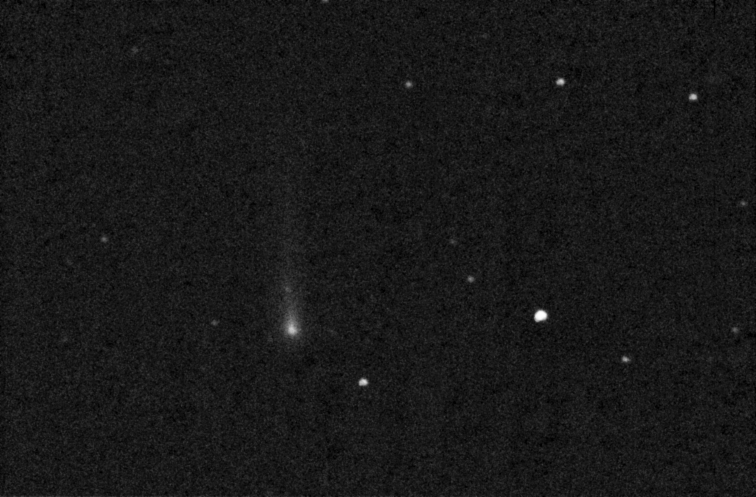
As can be seen in the image, the comet had faded considerably by this time. It was also buried deep in the dawn twilight, which made imaging difficult. The comet was around magnitude 8.1 and had a coma diameter of around 3'. The tail could be seen with difficulty in a 10" telescope, and was about 15' long. Doubtless it would have been longer in a darker sky.
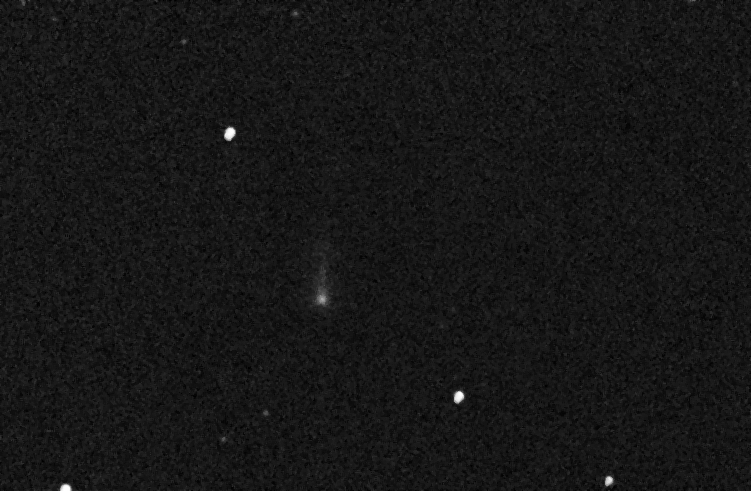
Comet 2002 O6 Swan, September 5, 2002.
Combination of 6, 1-minute images, SBIG ST-8E CCD.
8" f/6.3 schmidt-cassegrain at prime focus.
The comet had changed little from my previous observation. It appeared slightly fainter with a smaller coma and tail, although how much of this was a real change in the comet and how much was due to the observing conditions (low altitude, twilight) it is difficult to say. This was my final observation of the comet before it disappeared in the dawn light.